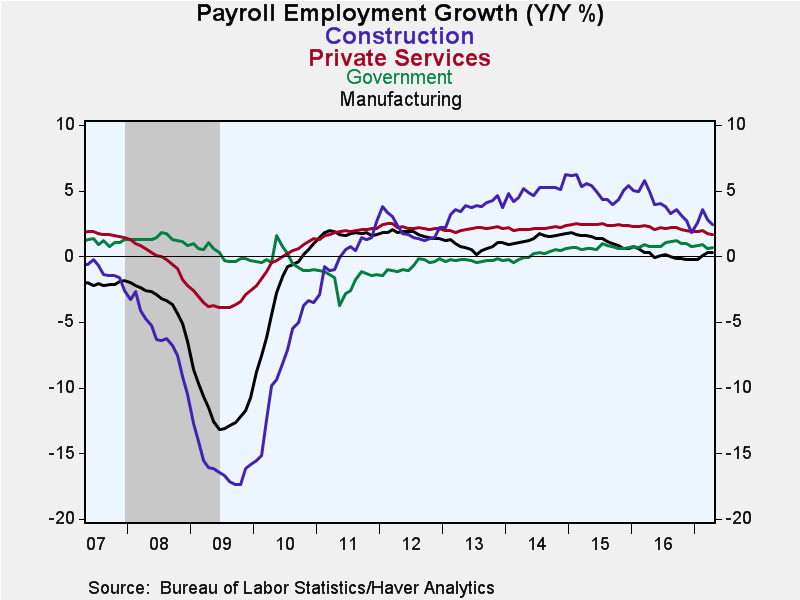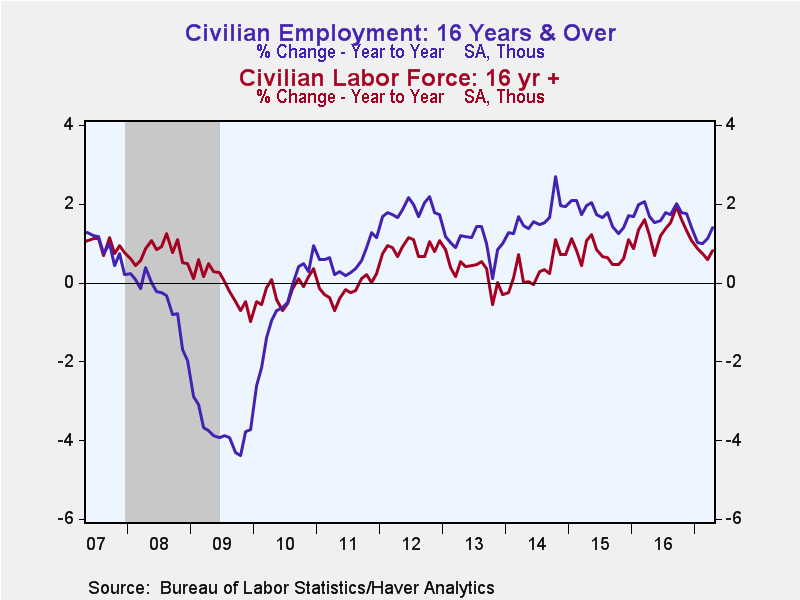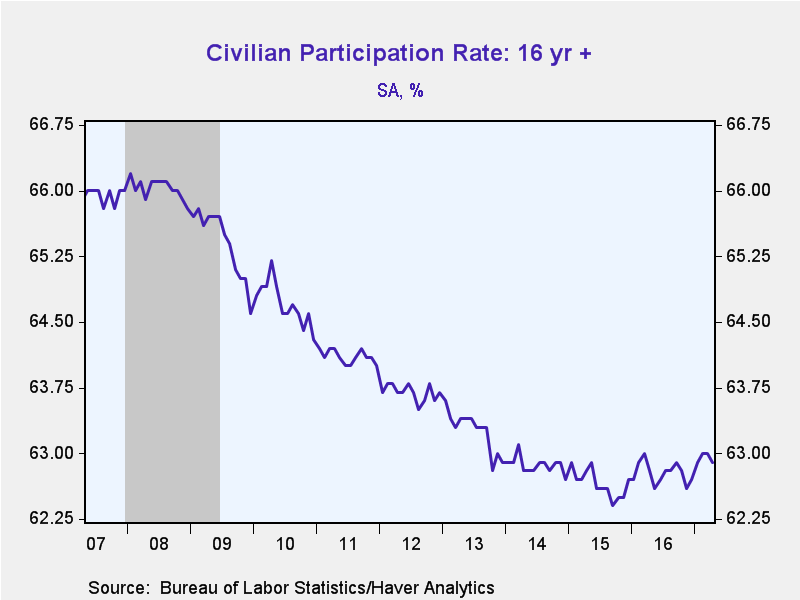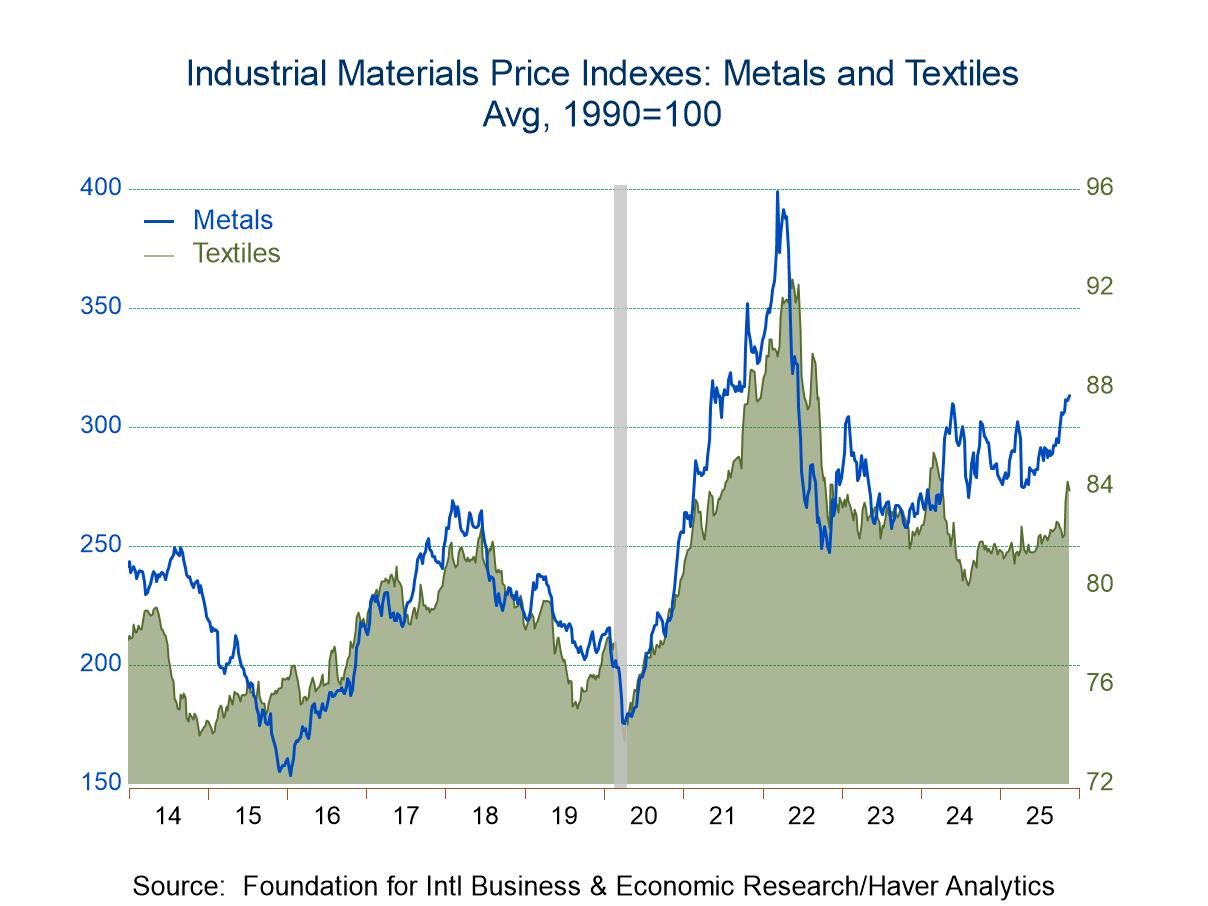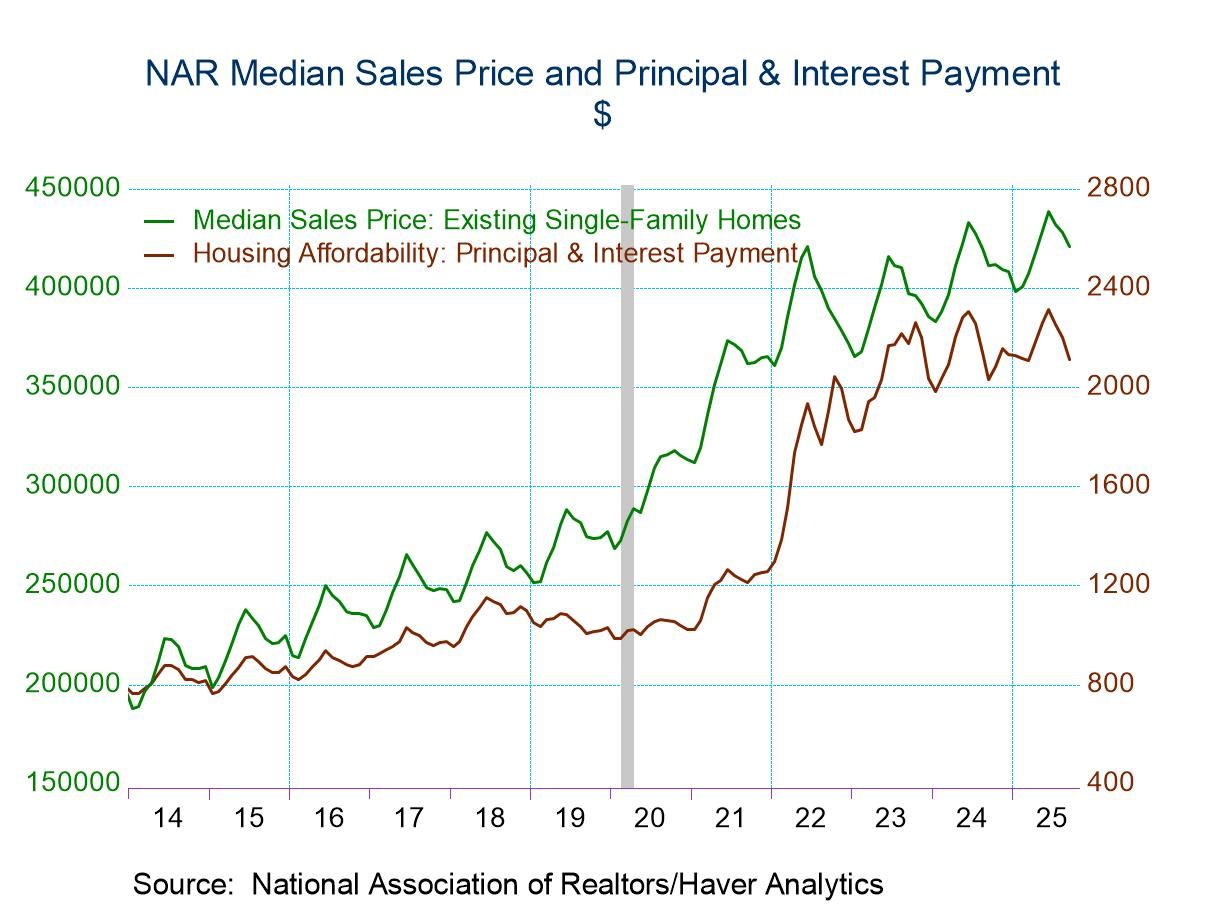 Global| May 05 2017
Global| May 05 2017U.S. Payroll & Earnings Growth Improve; Unemployment Rate Declines
by:Tom Moeller
|in:Economy in Brief
Summary
The job market firmed with the beginning of spring. Nonfarm payrolls rose 211,000 (1.4% y/y) during April. The rise followed a 79,000 March gain and a 232,000 February rise. These figures together were revised down by 6,000. [...]
The job market firmed with the beginning of spring. Nonfarm payrolls rose 211,000 (1.4% y/y) during April. The rise followed a 79,000 March gain and a 232,000 February rise. These figures together were revised down by 6,000. Expectations had been for a 188,000 increase in the Action Economics Forecast Survey. Average hourly earnings increased an expected 0.3% (2.5% y/y) after an unrevised 0.1% uptick. The unemployment rate declined to 4.4% from 4.5%. An uptick to 4.6% had been forecast. The overall unemployment rate, including marginally attached workers and those working part-time for economic reasons, fell to 8.6%, its lowest level since November 2007.
From the payroll employment survey, April's jobs increase left the average monthly gain at 185,000 so far in 2017 after an average gain of 187,000 in 2016. The latest rise included a 6,000 worker gain (0.3% y/y) in factory sector jobs which followed a 13,000 rise. Construction sector employment rose 5,000 (2.4% y/y) after a 1,000 uptick. Mining sector employment improved 8,800 (3.8% y/y) after two consecutive 10,500 increases.
Private service-sector hiring rose 173,000 (1.7% y/y), the strongest increase since September. The gain was led by a 55,000 increase (1.8% y/y) in leisure & hospitality hiring which came on the heels of a 9,000 March rise. The latest was the strongest increase since December 2015. Educational & health services jobs improved 41,000 (2.2% y/y) following a 10,000 increase. Professional & business services employment gained 39,000 (2.9% y/y) after a 57,000 increase; the latest included a 5,800 rise (3.7% y/y) in temporary help which was the weakest rise this year. The 19,000 worker increase (0.7% y/y) in trade, transportation & utilities employment included a 6,300 rise (0.3% y/y) in retail trade. Financial services jobs also rose 19,000 (2.1% y/y) after two months of single-digit gain. Employment in the information sector fell 7,000 (-2.0% y/y), down for the seventh straight month.
Hiring in the government sector increased 17,000 (0.6% y/y), the strongest rise since September. The increase was led by a 23,000 improvement (0.8% y/y) in local government jobs which followed a 4,000 increase. The number of state government jobs have been unchanged for three months (0.2% y/y). Federal sector hiring declined 6,000 (+0.8% y/y), matching the largest of five declines in the last six months.
The length of the average workweek recovered to 34.4 hours, the high end of the last year's range. Construction sector hours rebounded to 39.2, the longest in six months. Factory sector hours-worked rose to 40.7, the middle of the range during the last two years. The increase in the private sector workweek to 33.3 hours included an increase to 37.5 in financial activities, the highest level since September. Hours-worked in the information area strengthened to 36.4, up from a low of 35.8 in September. Education & health service sector hours jumped to 32.9, equaling the most since February 2009. The leisure & hospitality workweek improved to 26.1 hours.
 Average hourly earnings increased 0.3% to $26.19 after a 0.1%
rise. The 2.5% y/y increase was the weakest, however, since March 2016 and down
from December's high of 2.9%. Earnings rose 0.7% (2.7% y/y) in the factory
sector, off from October's high of 3.5% y/y. Private service-sector earnings
gained 0.2% with y/y growth fairly stable at 2.6%. Information services earnings
strengthened 1.1% (4.6% y/y) and leisure & hospitality pay gained 0.5% (4.3%
y/y) for the second straight month. Professional & business service sector
earnings ticked 0.1% higher (3.1% y/y). Education & health workers earned
0.3% more (1.9% y/y).
Average hourly earnings increased 0.3% to $26.19 after a 0.1%
rise. The 2.5% y/y increase was the weakest, however, since March 2016 and down
from December's high of 2.9%. Earnings rose 0.7% (2.7% y/y) in the factory
sector, off from October's high of 3.5% y/y. Private service-sector earnings
gained 0.2% with y/y growth fairly stable at 2.6%. Information services earnings
strengthened 1.1% (4.6% y/y) and leisure & hospitality pay gained 0.5% (4.3%
y/y) for the second straight month. Professional & business service sector
earnings ticked 0.1% higher (3.1% y/y). Education & health workers earned
0.3% more (1.9% y/y).
From the household sector employment survey, the dip in the unemployment rate to 4.4% reflected a 156,000 worker increase (1.4% y/y) in employment and a 12,000 rise (0.8% y/y) in the labor force. The size of the labor force rose to 160.2 million and the participation rate eased to 62.9% of the population, down from 63.0% during the prior two months. Growth in those persons not in the labor force eased to 0.4% y/y, down from 2.9% during all of 2010. The average duration of unemployment fell to 24.1 weeks, the least since 2009 and down from 39.4 weeks during all of 2012 and 2013.
By educational attainment, the unemployment rate for those with less than a high school diploma fell to 6.5% from 7.9% at the end of last year. For high school graduates with no college, the rate fell to an expansion low of 4.6%. Individuals with less than a college degree realized 3.7% unemployment, a cycle low and down from 8.4% during all of 2010. College graduates realized 2.4% unemployment, half the 2010 high.
The teenage unemployment rate of 14.7% was down from 25.9% during all of 2010. Persons aged 20-24 years old realized 7.3% joblessness down from 15.5% in 2010. Those aged 25-54 years old were 3.8% unemployed, down from the 2010 high of 8.6%, and individuals aged 55 and over were 3.2% jobless, down from 7.0% in 2010.
The labor market data are contained in Haver's USECON database. Detailed figures are in the EMPL and LABOR databases. The expectations figure is in the AS1REPNA database.
| Employment: (SA, M/M Change, 000s) | Apr | Mar | Feb | Apr Y/Y | 2016 | 2015 | 2014 |
|---|---|---|---|---|---|---|---|
| Payroll Employment | 211 | 79 | 232 | 1.4% | 1.7% | 2.1% | 1.9% |
| Previous | -- | 98 | 219 | -- | -- | -- | -- |
| Manufacturing | 6 | 13 | 22 | 0.3 | 0.1 | 1.2 | 1.4 |
| Construction | 5 | 1 | 54 | 2.4 | 3.9 | 5.0 | 5.0 |
| Private Service-Producing | 173 | 54 | 134 | 1.7 | 2.1 | 2.4 | 2.1 |
| Government | 17 | 2 | 10 | 0.6 | 0.9 | 0.7 | 0.1 |
| Average Weekly Hours - Private Sector | 34.4 | 34.3 | 34.3 | 34.4 | 34.4 | 34.5 | 34.5 |
| Private Sector Average Hourly Earnings (%) | 0.3 | 0.1 | 0.3 | 2.5 | 2.6 | 2.3 | 2.1 |
| Unemployment Rate (%) | 4.4 | 4.5 | 4.7 | 5.0 | 4.8 | 5.3 | 6.2 |
Tom Moeller
AuthorMore in Author Profile »Prior to joining Haver Analytics in 2000, Mr. Moeller worked as the Economist at Chancellor Capital Management from 1985 to 1999. There, he developed comprehensive economic forecasts and interpreted economic data for equity and fixed income portfolio managers. Also at Chancellor, Mr. Moeller worked as an equity analyst and was responsible for researching and rating companies in the economically sensitive automobile and housing industries for investment in Chancellor’s equity portfolio. Prior to joining Chancellor, Mr. Moeller was an Economist at Citibank from 1979 to 1984. He also analyzed pricing behavior in the metals industry for the Council on Wage and Price Stability in Washington, D.C. In 1999, Mr. Moeller received the award for most accurate forecast from the Forecasters' Club of New York. From 1990 to 1992 he was President of the New York Association for Business Economists. Mr. Moeller earned an M.B.A. in Finance from Fordham University, where he graduated in 1987. He holds a Bachelor of Arts in Economics from George Washington University.




